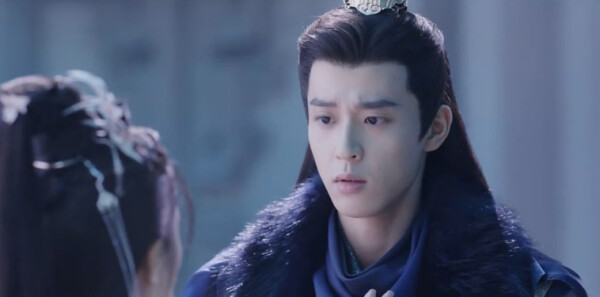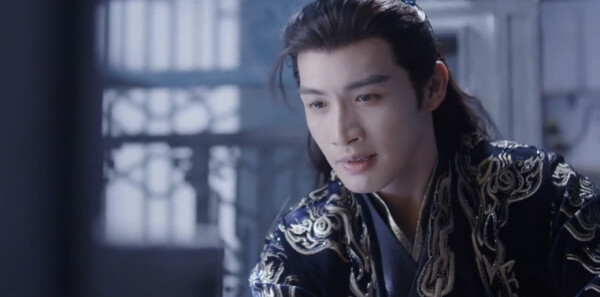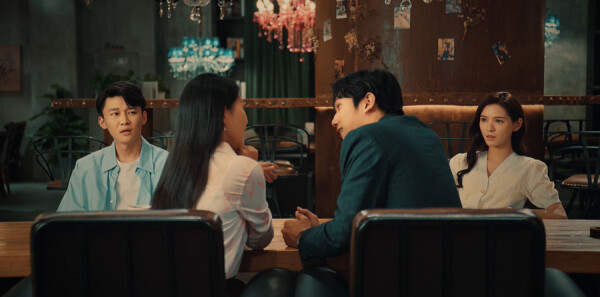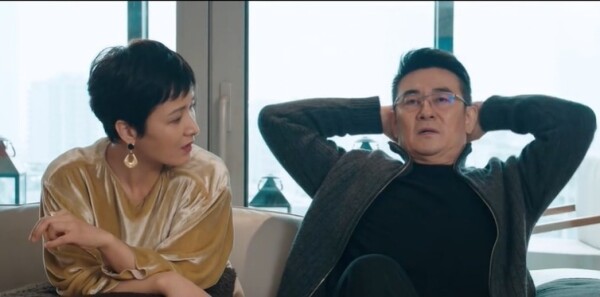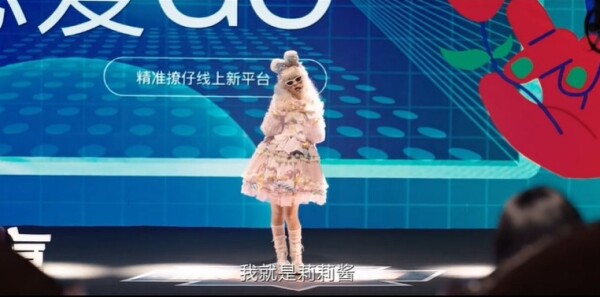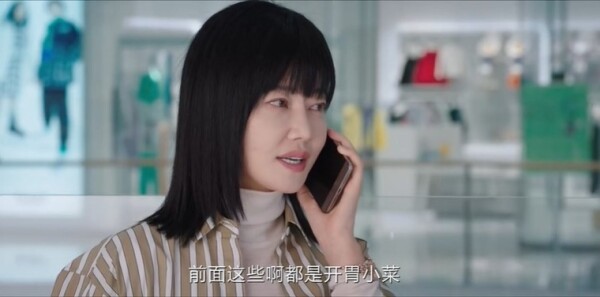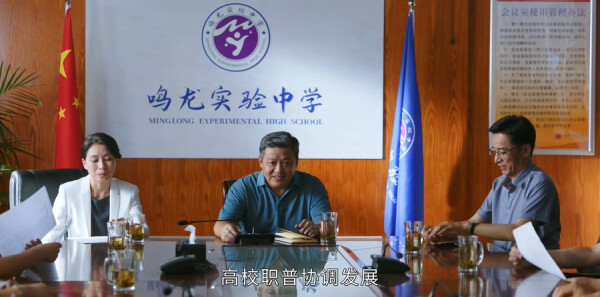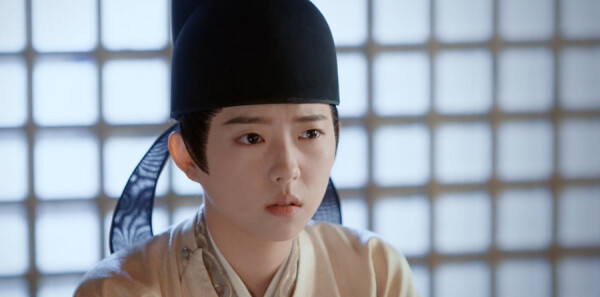The Bluest Eye《Pecola in the Bluest Eye》
- 书评
- 2023-03-26 04:38:37
- 87
In the novel The Bluest Eye written by Toni Morrison she focused on the ideal of reclaiming the historical black identity concerning the African American presence in America.
Morrison revisits the issues of slavery and institutional racism and in order to examine the complex histories of African and African American families.
The two main characters in The Bluest Eye are eleven-year-old Pecola Breedlove who’s raped by her own father and became a victim of acquiesce. The parentage sets her into a family strangled by her belief in her own ugliness comparing to the white beauty; and Claudia MacTeer who eyewitnesses everything in the book and fights with the racism and live in her own life without being controlled by other people.
During Claudia’s narratives Morrison instilled a maturity within this character that made her sophisticated than young girls in the same age. In contrast of Pecola Claudia was the one who determined to do right that exceeded her young years as demonstrated in her understanding that the white baby dolls she received for Christmas each year were the symbols of racism and tools of oppression.
Claudia lived in the natural world where she saw and experienced the problem of racism from other lessons the MacTeers’ taught their daughters as well as those learned on the sidewalks in school and at the local candy store all communal spaces and extensions to family where children and ***s experience and test life experiences. On the other hand Pecola lived in her own sorrow since she felt herself ugly and dreamed about to have a pair of beautiful blue eyes.
Because her parents continue to give her the dolls thus literally buying into the adoration of white beauty it is obvious that Claudia does not gather this particular realization from them; she struggled with her desire to destroy actual white girls she discovered that “the best hiding place was love” the love that came from her parents and relatives and her community (The Bluest Eye 23).
Pecola in contrast prayed each night for blue eyes because she thought the only way to make people like her was to have the blue eyes. “[S]he would never know her beauty. She would see only what there was to see: the eyes of other people” (The Bluest Eye 46- 47). Because of this Morrison exposed the ideal beauty at the time for a black girl to think herself as beautiful she must imagine herself as a white girl. This categorical denial of dark skin as beautiful explains Pecola’s desire with blue eyes. In contrast to Claudia and Frieda Pecola’s first appearance to the community is marked in silence because she is shamed as are her parents. She has neither parental nor sibling to support and protect her from bad children like Junior and destructive ***s like Soaphead Church a strange evil man. Morrison opened up a picture that humanity of both naiveness and evilness coexisted in a black and white mixed community in easy and uneasy circumstances. In addition the relationship between parents and children and siblings played an important role demonstrating how relations of power were the primary and immediate effects of cultural and ethnic identity which naturally informed the way they understood the world. Therefore the lack of parental and sibling’s protection in the natural world led young Pecola’s tragic life.
We have to think about her real age in the book. She is about 12 just experienced the first menstruation. If there is one to be blamed and responsible for her tragedy it is her own mother—Pauline. She was placed into a world where surrounded by white men taking good care of their wives and where the women are dressed up and live in beautiful clean houses. The images are white they are happy and they are beautiful and so Pauline was misled by these false portraits hoped to have the same life with Cholly the father. The black community in the novel has accepted white standards of beauty judging Maureen’s light skin to be attractive and Pecola’s dark skin to be ugly. I can apply a concept “salad bowl” which I learnt in the class. “Salad bowl” is what we have today in American society. Everyone has distinct look such as their skin color their customs. But they may contribute to the mainstream. Blacks had a hard time assimilating themselves into mainstream society because of their skin color. That is why young Pecola engaged with the concept that the white skin blue eyes people are superior and live happier. But their relationship ended up more and more difficult. Pauline tried to accept her circumstances and began to look forward to her second pregnancy. Pauline talked to her child while it was still in her womb and she feels good about this baby up until the end. But when the baby girl was born Pauline was rejected by her looks and told the Lord how ugly she was.
Pauline unlike Cholly had good family role models. She lived in a nice house with her sisters and brothers and both of her working parents. She knew how to raise a family. But She didn’t spend enough time with her children and husband. As a result her only son always tried to escape from them her husband did not come home sometimes and no one educated young Pecola how to recognize herself.
Pauline also claimed to be a religious woman. She went to Church and hided herself in her-self-righteousness and used Cholly as her scapegoat. She lived in her own spiritual world where she only saw her own inequities. She seemed to be only interested in gaining approval from the church women but abandon her children in the real world. Pauline sometimes complained Cholly for not being her savior but in her quest she denied her children especially Pecola.
The way of love that children need are simple and are usually transmitted through a sense of being wanted and ultimately by being protected. The book mentioned when Claudia was sick there would be loving hands gently touched her forehead and readjust her bed. Told by Claudia and those were the loving hands of her mother Mrs. MacTeer. Unfortunately Pecola had no loving hands to comfort her. Even to Pecola when she begins to menstruate and soils her dress. Mrs. MacTeer lived in the same black community as Pauline she was also angry with her poverty yet she did not blame the children she blamed the situation. She did not actually blame that Pecola after she found out that Pecola drank the three quarts of milk. She blamed the circumstances and her mother Pauline. Although Pecola was neither Mrs. MacTeer's natural child nor a relative yet she treated Pecola better than Pauline ever had.
Pauline was capable of nurturing. She could calm and comfort a scared crying child but those feelings she willingly gave to the little white girl and miserly refused to Pecola.
The desirable but sad color of blue eye forced people in the community to determine how a child could be so broken so early in her life. Accordingly Pecola symbolizes not only her family’s failure to provide proper care but it is also the community’s failure to recognize trouble and nurture its own. The child’s physically presence but seen invisible to other people had mixed into the background permitted us to see individual differences codes and mores at work within the communal system that Morrison wants to act as a family and how these systems privilege as well as deny. The lack of family protection the abandoned by her own mother and ignored by the community Pecola brings the community’s hopes fears and flaws out of the protective shadows so that she was failed by the natural world.
The novel engaged with the corrupt society seeks to show the misery of black people living in a white society. Since The Thirteenth Amendment to the United States Constitution officially abolished and continues to emancipate slavery Black people are allowed to move into the community where white people live. However the Whites who live in the same community recognize their own values like by the skin color common experience religion and location. Whereas the Blacks do not participate in mainstream politics lack of employment poor housing and weak family structure like Pecola’s parent who both are uneducated working class people. They do not have access to resources. It makes difficult for young Pecola to see herself as an authethic individual. In the book “Diversity in Families” it mentions that the structures of social relationship are made up of class race and gender in which the affluent dominate the poor men dominate women and White dominates people of color. No doubt Esperanza is ranked in lower-class category. People in this zone are thought to be unmotivated incapable of deferring gratification and as a result unable to improve their condition. So there is a giant gap between the Whites and the Blacks. The nationlaist were resentgul about the slavery. They wanted to live separate and did not want to integrate with the Whites. They did not believe the White epeole would accept them as part of the mainstream society. The freedom actually means the separation from Whites. The author in the book create a narrative describing African Americans articulating how family and community help solve problems perpetuate cultural values and beliefs and maintain social positions and ties to a greater body of people.
The author drew upon her great concerns on topic of black feminism. She wants to show us the damage that internalized racism can do to the most vulnerable member of a community—a young girl.
本文由作者笔名:小小评论家 于 2023-03-26 04:38:37发表在本站,文章来源于网络,内容仅供娱乐参考,不能盲信。
本文链接: http://www.w2mh.com/show/19653.html
 小小评论家
小小评论家







